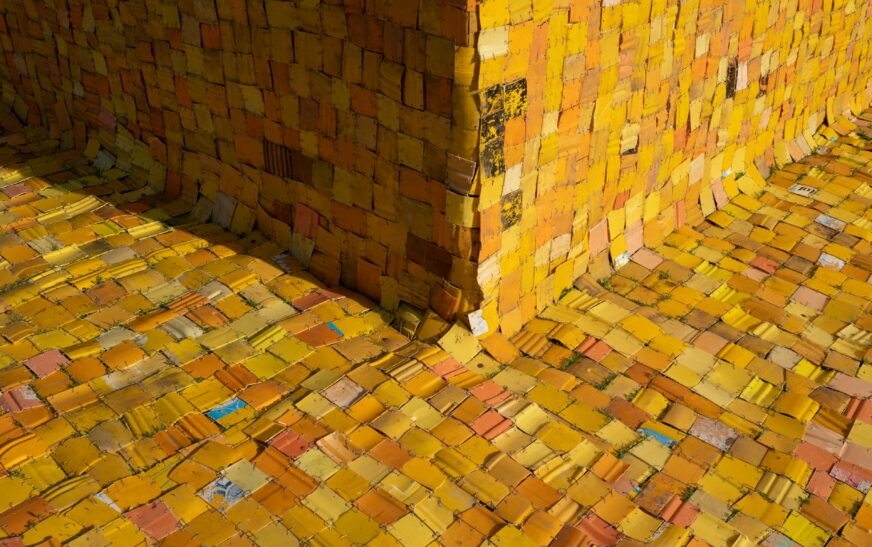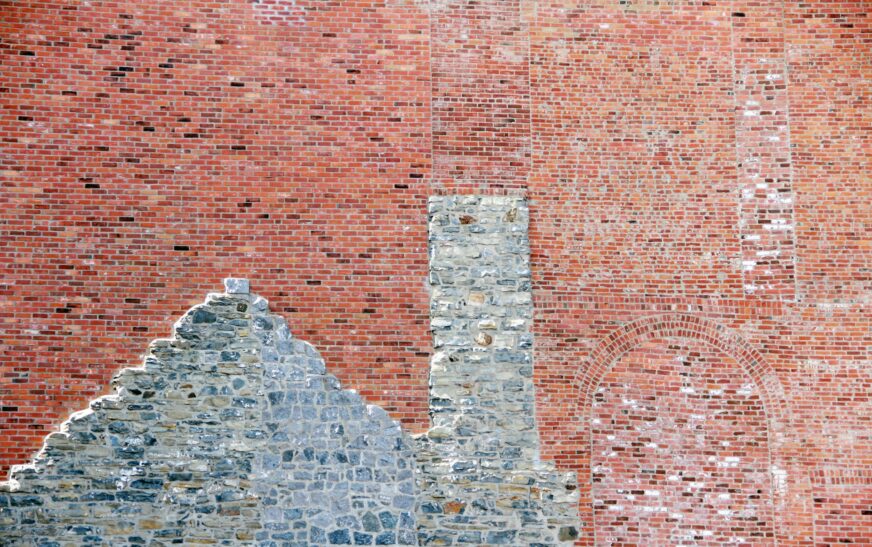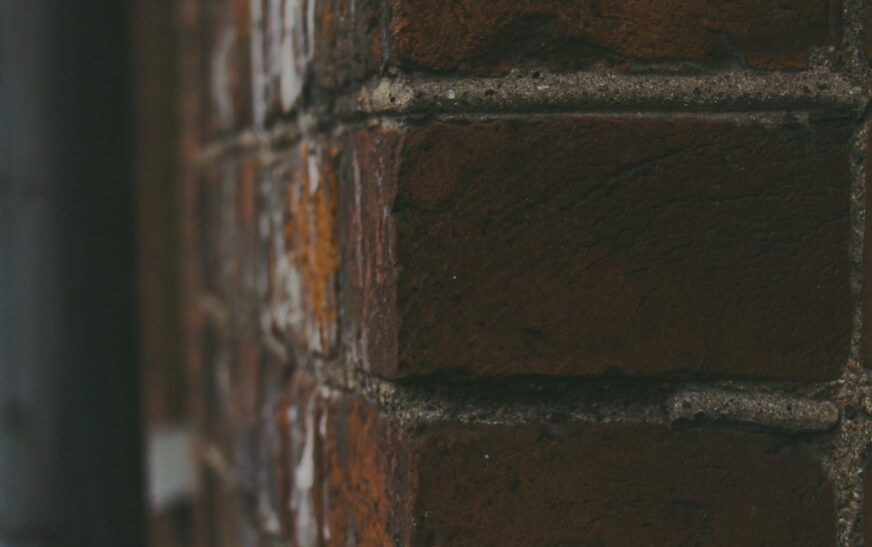If your garden, patio, or walkway looks a little tired or weather-worn, you might be asking: can I just paint my landscape bricks? At first glance, it seems simple—but the truth is, painting outdoor bricks isn’t just about color. It’s about protection, weather, moisture, and longevity.
Painting Outdoor Bricks
So yes—you can paint landscape bricks. But the better question is: should you?
Step 1: Understand Your Bricks
Landscape bricks—whether for garden edging, retaining walls, or patios—are made from fired clay or concrete and spend every day braving the elements. They’re porous, meaning they absorb water and “breathe” naturally.
Paint blocks that breathability. Trap moisture beneath the surface, and in freeze-thaw climates, you risk:
- Cracking
- Peeling
- Long-term deterioration
The takeaway: not all bricks react the same, and not all paints will stick or last outdoors. Know your material before diving in.
Step 2: Prep Like Your Life Depends on It
Preparation is everything. Outdoor bricks are not clean drywall—they collect:
- Dirt and dust
- Algae and moss
- Efflorescence (those white, chalky mineral deposits)
Before painting:
- Pressure-wash thoroughly.
- Let the bricks dry completely—24–48 hours minimum.
- Repair any loose mortar.
- Remove old coatings if present.
- Apply a masonry primer to improve adhesion and durability.
Skip any of these steps, and your paint could peel faster than you can say “weekend DIY disaster.”
Step 3: Pick the Right Paint
Indoor latex or acrylic? Forget it. Outdoor bricks demand:
- Breathable masonry paint or mineral-based coatings
- UV- and moisture-resistant formulas
- Optional sealant or topcoat for high-traffic areas
The right paint lasts years. The wrong paint lasts weeks. If your bricks sit near sprinklers, pooling water, or under intense sun, indoor formulas will crack, fade, and flake fast.
Step 4: Know the Commitment
Unlike natural brick, painted outdoor brick is high-maintenance. Once you paint:
- Expect touch-ups or repainting every few years
- Dirt and debris become more visible on smooth, painted surfaces
- Flaking paint can become a recurring headache
It’s a beautiful transformation at first—but don’t underestimate the long-term upkeep.
Read More : Can You Limewash Over Painted Brick?
Step 5: Consider Alternatives
If you want a refreshed look without all the headaches, try:
- Staining: Adds color while maintaining breathability and texture
- Limewashing or whitewashing: Soft, matte finish with less maintenance
- Cleaning and sealing: Enhances natural color without hiding the brick’s character
These options let you change your brick’s look without the commitment (and future frustration) of painting.










